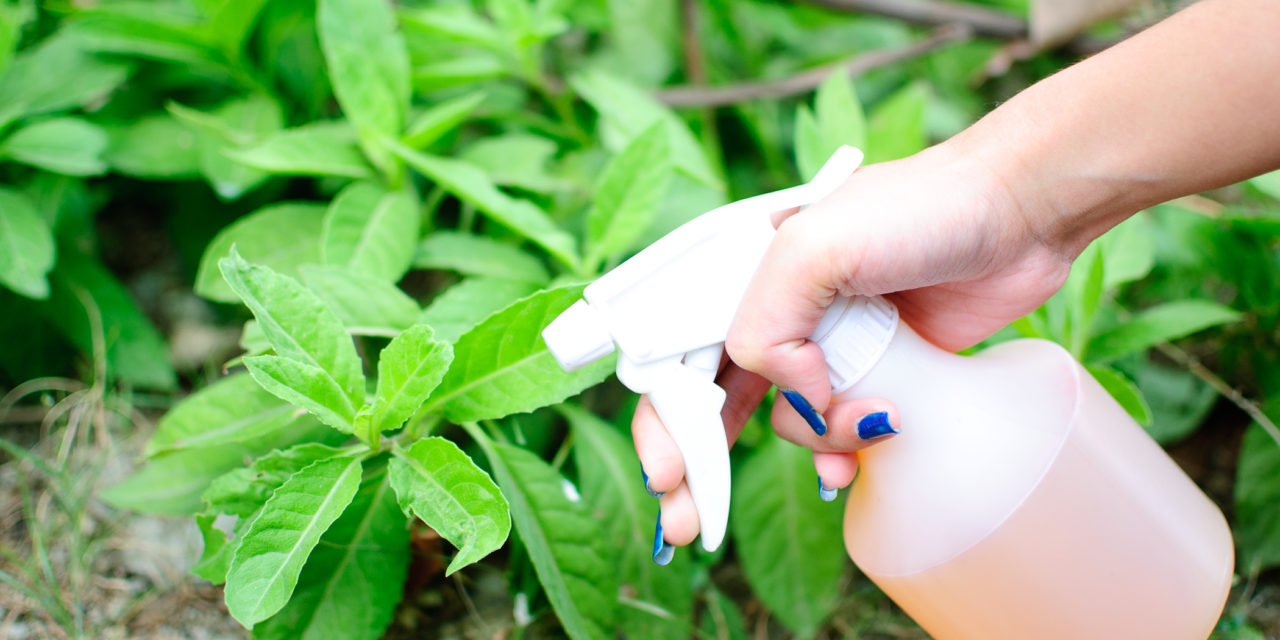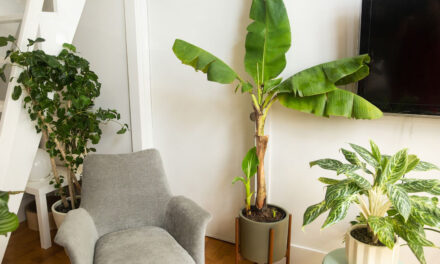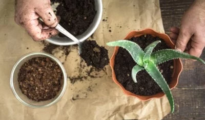Healthy houseplants are easier to achieve than you'd think, and you don't necessarily have to have a green thumb to achieve that! With just a little TLC, you'll be rewarded with the greenest, healthiest houseplants! These 9 tips for healthy houseplants are pretty basic, but they're a must-know, especially for beginner gardeners, and these rules apply to most houseplants.
#1. Don't Overwater
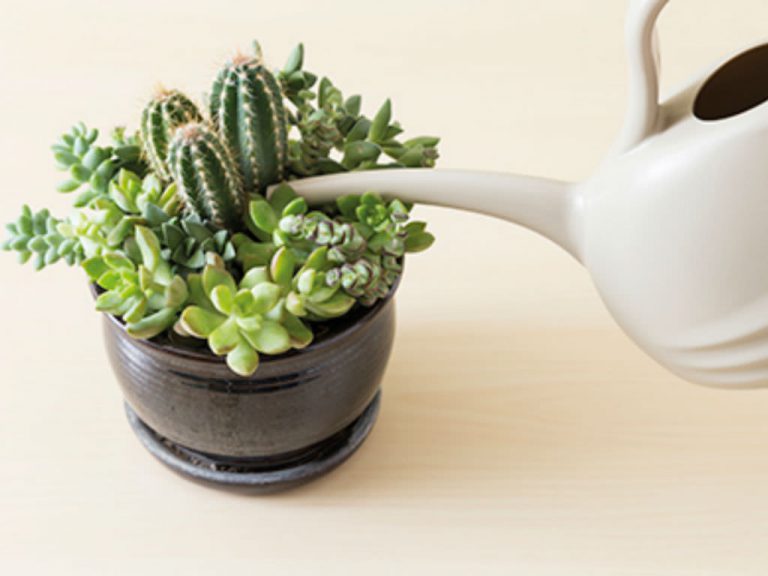
Overwatering is the number one cause of houseplant death. Therefore, it's best to underwater than to overwater. Each plant has different watering needs, but no plants like to sit in wet soil. Make sure your plants have well draining soil, they're in appropriately-sized pots, and that you only water when the top inch or half inch of soil feels dry. Pro Tip: don't water on a schedule, but rather just check the soil with your finger.
#2. Repot Overgrown Plants
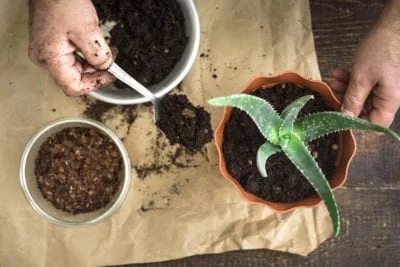
One of the biggest mistakes you can make is not repotting your overgrown plants. At some point, your plant will outgrow the pot it's in and it'll need a bigger pot to continue growing. You can tell that a plant needs a bigger pot if the roots are circling the inside of the container. You can either repot that plant into a bigger pot, or, if you'd like to keep the plant in the same pot, snip off the excess roots. In either case, the plant should receive new soil. At this time, you can also divide the multiple stems to create new plants. Learn more about how to repot a plant.
#3. Fertilize Periodically

Because each plant has different needs, there is no set rule on how much or how often to fertilize a plant. It's best to research each plant individually or read the label directions so you know which fertilizer to use and how often. But, as a basic rule, most houseplants should be fertilized in the spring or summer when they have a growth spurt. Like overwatering, over-fertilizing can seriously harm plants, so you're always better off under-fertilizing than over-fertilizing. Flowering varieties of houseplants usually need a fertilizer that's equal in nitrogen, phosphorus, and potassium.
#4. Propagate
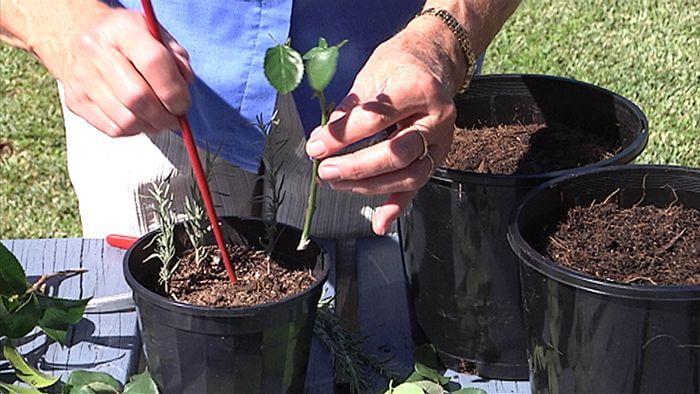
Every once in a while, plants like to be propagated by way of division or other methods. This will rejuvenate plants and encourage more growth. Think of propagating houseplants as getting a hair trim! Bromeliads, for example, will send up new shoots at the base of the plant. These shoots are called offsets which you can divide and easily plant into pots. Climbing houseplant such as pothos and philodendron will form new roots where their stems come into contact with soil. You can also stick single leaves of African violets in water to root new plants.
#5. Pinch and Prune Houseplants
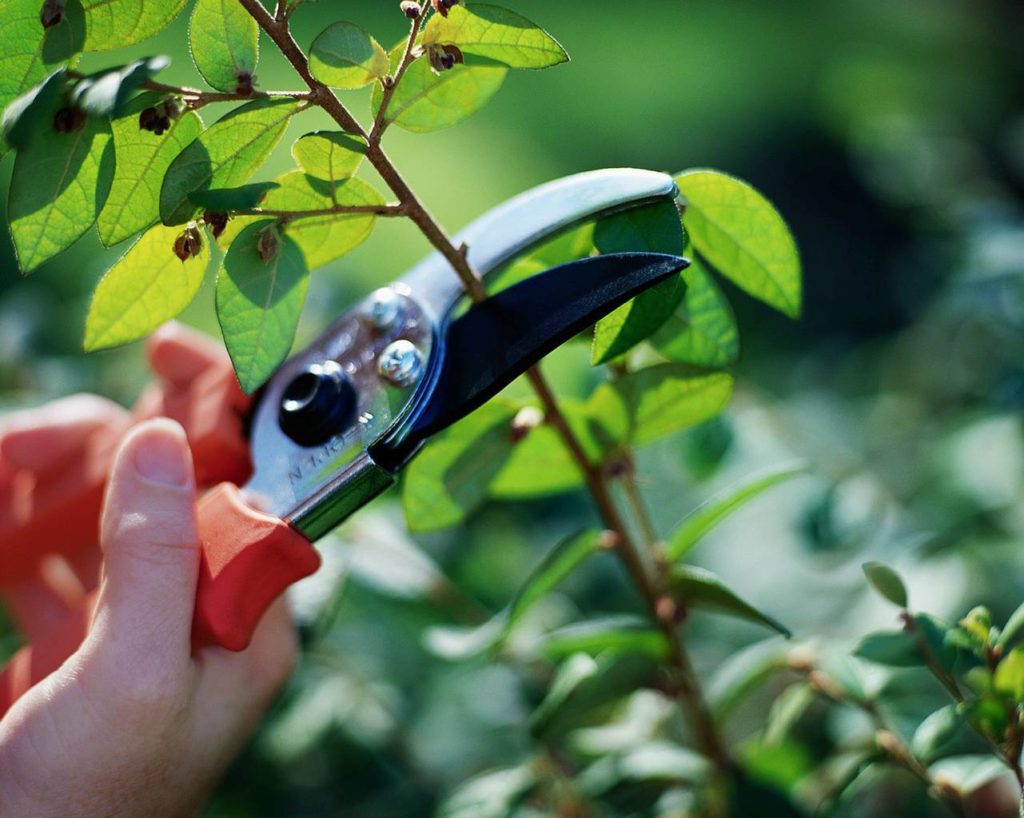
Regularly pruning and pinching houseplants is good practice because it makes them look better and also keeps them healthier. You can prune at any time of the year, but it's usually best to do so in the fall. If you have any overgrown houseplants, you can go ahead and prune them to your desired size. Pinch or remove any dead leaves or stems regularly to ensure healthy growth. The more you pinch and prune, the more growth your plant will have. It may seem counterintuitive, but it works!
#6. Dust the Leaves
Believe it or not, healthy houseplants really do need their leaves to be dusted off. Houseplants that have dusty leaves don't absorb as much sun, plus they can also be a breeding ground for diseases. Wipe dust off of leaves using a soft cloth, water, or a soft brush. Not only will this make your plants look better, but they'll also be healthier!
#7. Treat Pests & Insects
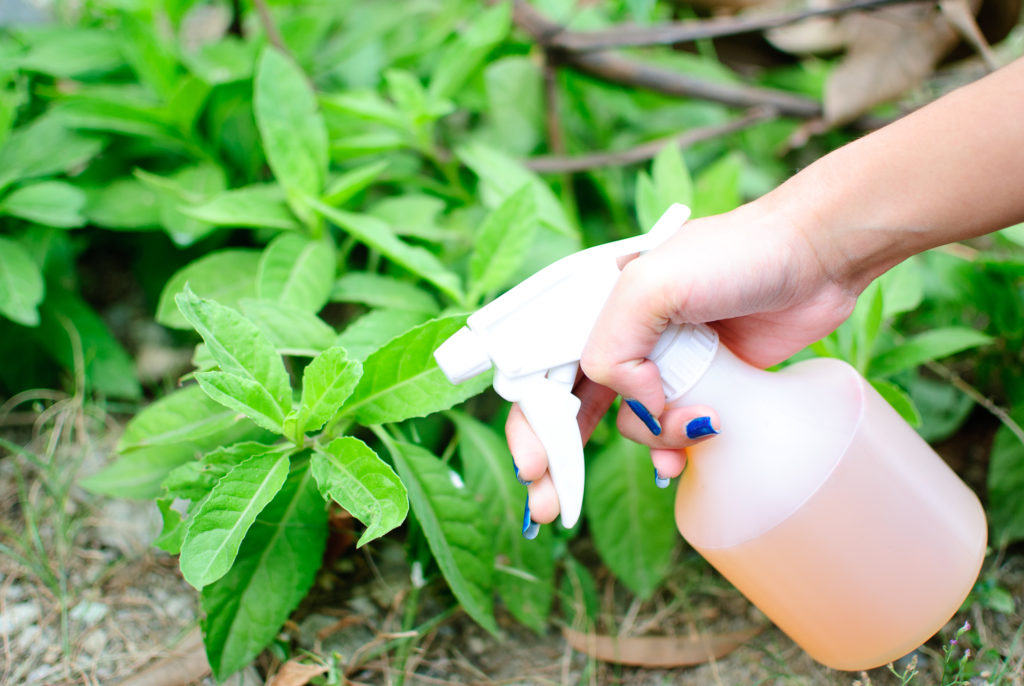
Unfortunately, there are times when even healthy houseplants can become victim to pests and insects. Thankfully, a few sprays of insecticidal soap should quickly and easily get rid of common pests such as aphids and spider mites. Alternatively, you can also spray the pests off with a hose, which can knock down the pests. To make sure all pests are completely eliminated, repeat this process (either hosing or using an insecticidal soap) once a week for a month.
Scale or mealybugs can be easily removed using alcohol. Dip a cotton pad into some alcohol and rub it against leaves or any areas where you may see pests. If you see tiny black flies around a houseplant's soil, these are called fungus gnats and they usually form around wet soil. Allow the soil to dry between waterings and clean up any dead leaves. If that doesn't fix the issue, be sure to change the soil.
#8. Get Rid of Diseased Plants
Some diseased plants can actually spread onto other plants, so it's very important to keep a watchful eye on them. If you see any diseases plants, quickly remove them, get rid of the soil, and wash the pot thoroughly. Some of the most common houseplant diseases include powdery mildew, fungal leaf spots, and root rot. Powdery mildew is when powdery white spots appear on leaves. This disease can spread to other plants, so it's best to just get rid of the houseplant altogether. Fungal leaf spots are yellow, black, or brown spots on leaves. Lastly, root rot is when the roots are dark and mushy and is usually due to overwatering.

